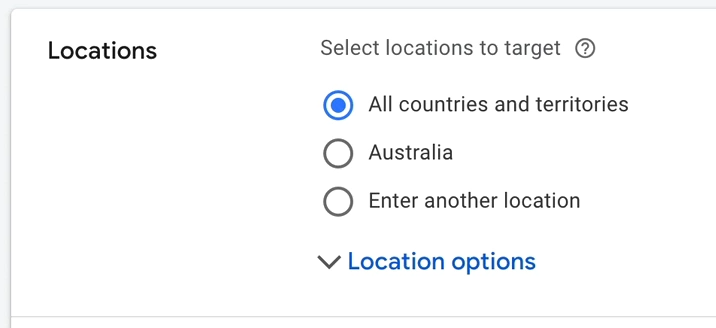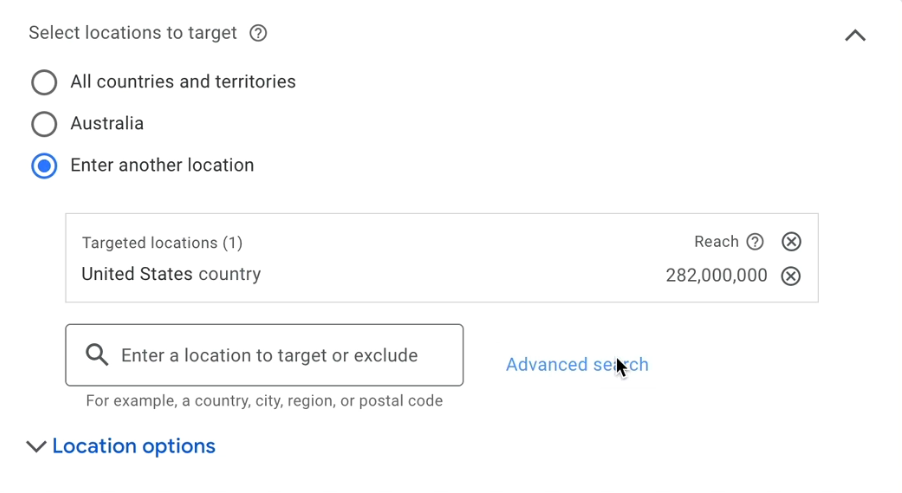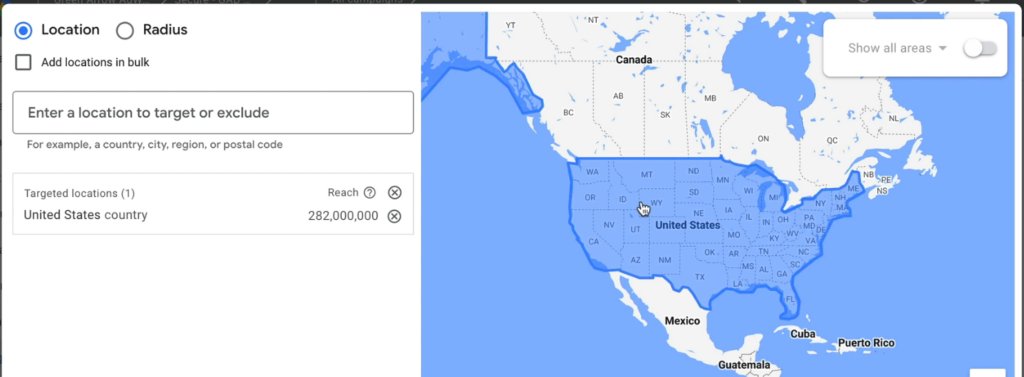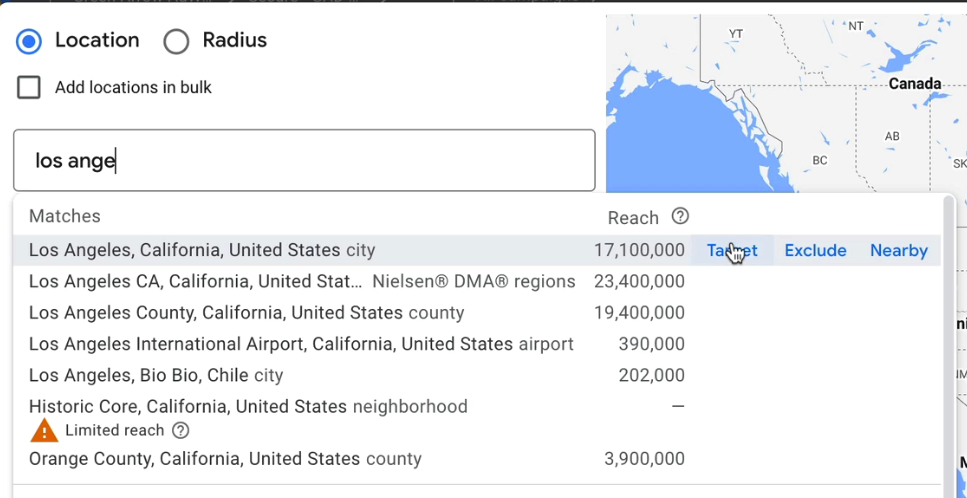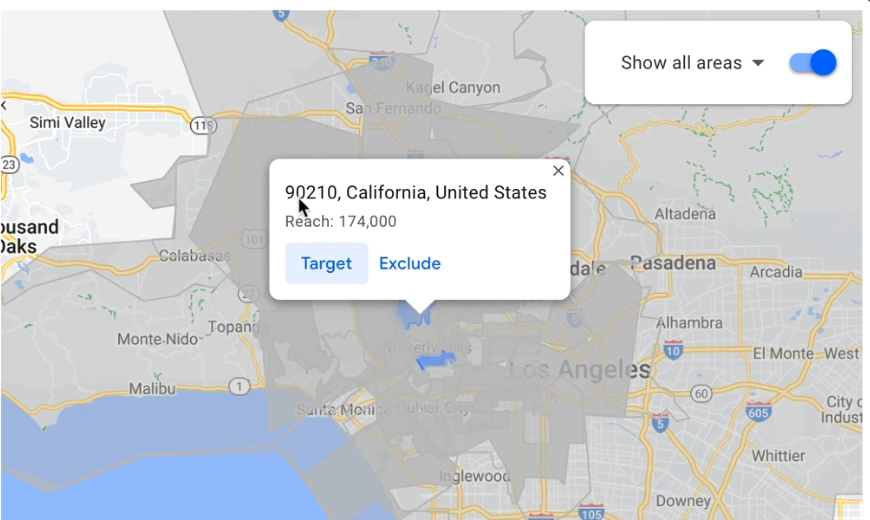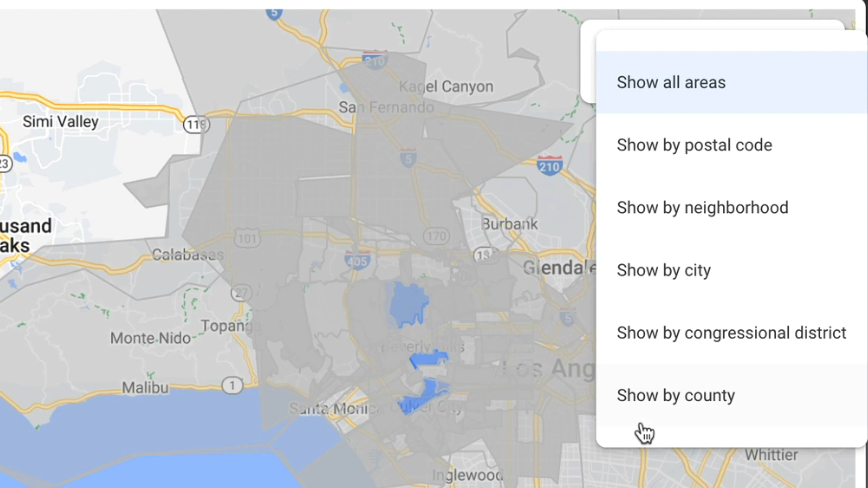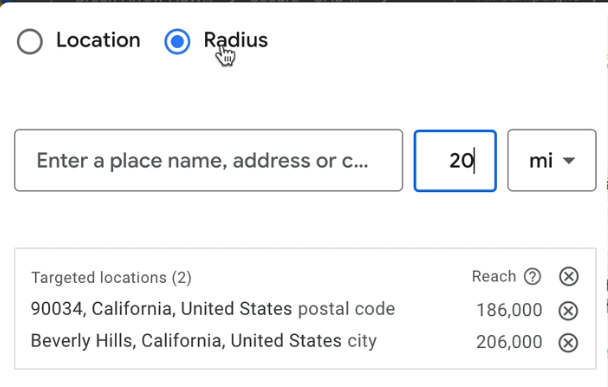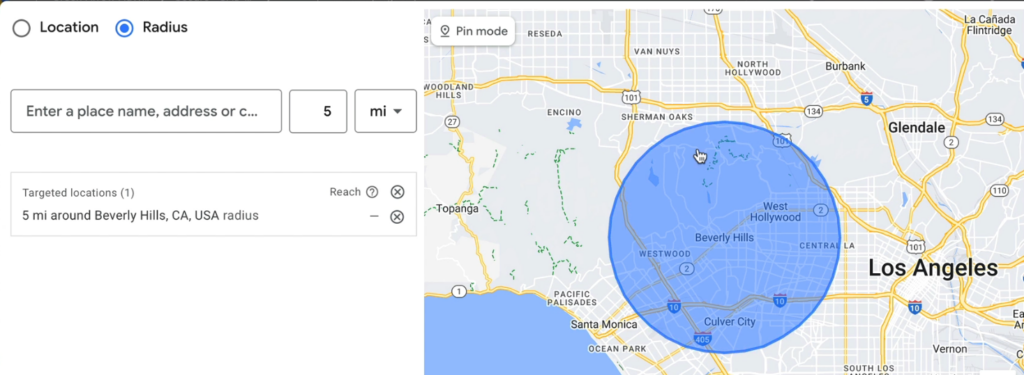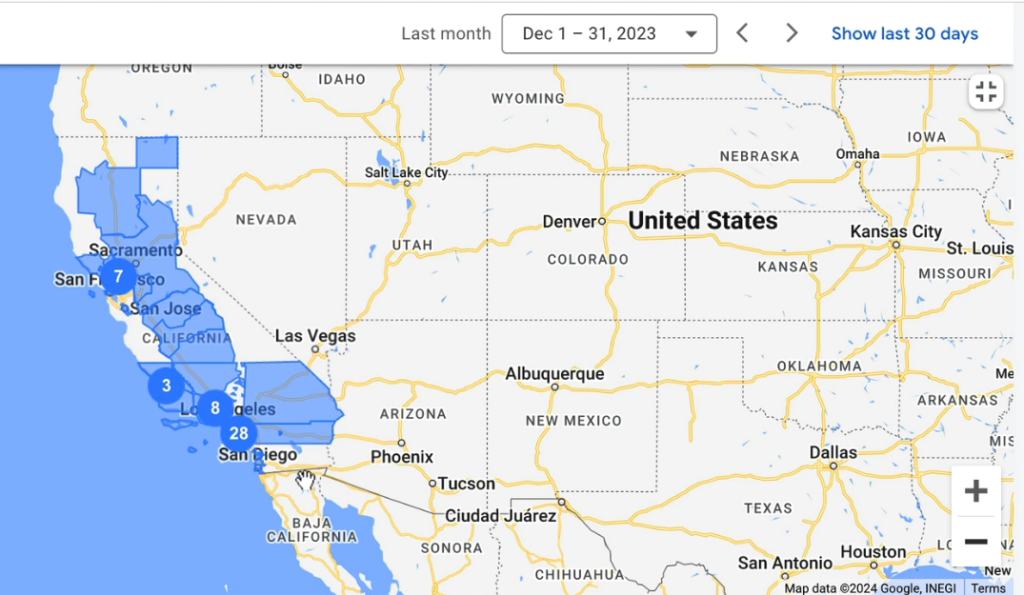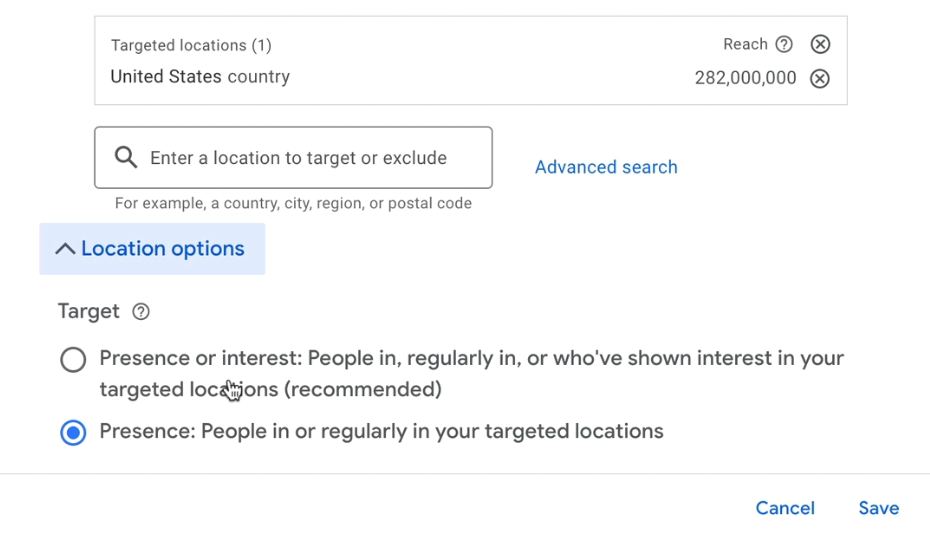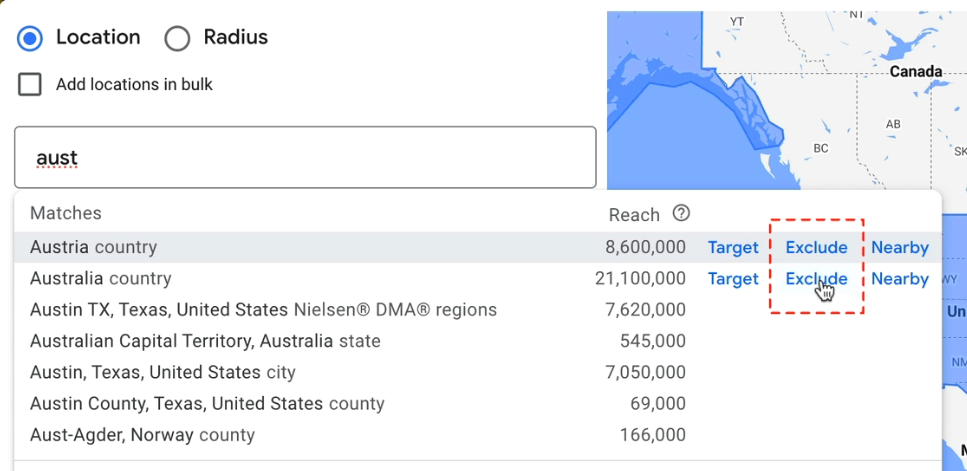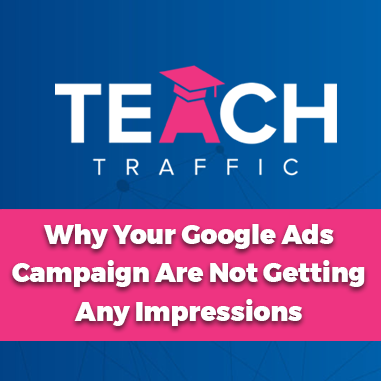Privacy Policy
We are committed to protecting your privacy, and this policy explains how we collect and process personal information about you when you use our products and services (our “Services”), or when you otherwise do business or make contact with us by visiting all of the Sites and services owned, hosted, or operated by Altolana Pty Ltd t/a Green Arrow Digital (collectively “we,” “us,” or “our”), including greenarrowdigital.com, greenarrowdigital.com.au, ilanawechsler.com and any other site that we have owned or operated, do own and operate or may own or operate in the future including social media sites (collectively, the “Sites”). Unless we say otherwise, all references to the Sites in this policy include all such Sites.
Should we ask you to provide certain information by which you can be identified when using our websites, then you can be assured that it will only be used in accordance with this privacy statement.
Green Arrow Digital may change this policy from time to time by updating this page. You should check this page from time to time to ensure that you are happy with any changes. This policy is effective from 24/05/2018.
What Type Of Information We Collect
We may collect the following information when you register to use our Services, subscribe to our newsletters, respond to a survey or offer, make an enquiry through our websites, or contact us in any other way:
- Name, email, address, phone number
- Job title, organisation information
- Usernames and passwords
- Billing details (Payment card details are processed and stored via one of our contracted third party service providers. We encrypt your payment card details in your browser and securely transfer this data to our relevant third party payment provider to process a payment.)
- Transaction data for of products and services you have purchased from us.
- Demographic information such as postcode, preferences and interests
- IP address and your use of our websites
- If you register for a course the information is used to to track your preferences, and to keep you informed about the course and related events
- Copies of your communications with us
How We Use The Information We Collect
The personal information we collect from you may be used in one or more of the following ways to help us understand your needs and provide you with a better service :
- To deal with enquiries, requests and technical support (your information helps us respond to your individual needs)
- To create and administer records about any online account that you register with us
- To provide you with information and access to resources that you have requested from us
- To improve our websites (we continually strive to improve our website offerings based on the information and feedback we receive from you)
- For website and system administration and security
- For general business purposes, including to improve customer service (to effectively respond to your customer service requests and support needs), to help us improve the content and functionality of our Services, to better understand our users, to protect against wrongdoing, to enforce our Terms of Service, and to generally manage our business
- To process transactions and to provide Services to our customers and end-users
- For recruitment purposes, in the event you apply for a job with us
- To administer contests, promotions, surveys, or other content across our sites
- To send periodic transactional emails. The email address you provide to process your order and purchase a product will only be used to send you information and updates pertaining to your order. Where it is in accordance with your marketing preferences, we will send occasional marketing emails about our products and services, which you can unsubscribe from at any time using the link provided in the message.
Your Rights With Respect To The Data We Collect
Under the General Data Protection Regulation (GDPR), you have the right to access, rectify, port and erase your data, as well as the right to restrict and object to certain processing of your data. This includes:
- where you have agreed to direct marketing, the right to object to our processing of your data for that purpose, which you can exercise by using the “unsubscribe” link in such marketing communications; and
- the right to object to our processing of your data where we are pursuing our legitimate interests or those of a third party which you can exercise by requesting us to delete your details at any time by sending a written request via email to: support@greenarrowdigital.com
You can contact our Data Privacy Officer (DPO) and dedicated compliance team at any time by emailing us at support@greenarrowdigital.com and we’ll be able to assist with your data inquiries, requests and data protection issues.
Controlling Your Personal Information
You may choose to restrict the collection or use of your personal information in the following ways:
- Whenever you are asked to fill in a form on our websites, look for the box that you can click to indicate your preference regarding receiving further marketing correspondence from us
- If you have previously agreed to us using your personal information for direct marketing purposes, you may change your mind at any time by emailing us at support@greenarrowdigital.com
- We will not sell, distribute or lease your personal information to third parties unless we have your permission or are required by law to do so. We may use your personal information to send you promotional information about third parties which we think you may find interesting if you tell us that you wish this to happen.
- You may request details of personal information which we hold about you. If you would like a copy of the information held on you please email your request to support@greenarrowdigital.com
- If you believe that any information we are holding on you is incorrect or incomplete, please email us as soon as possible, at the above address. We will promptly correct any information found to be incorrect.
Email newsletters:
If you subscribe to receive one or more of our email newsletters, you will need to register an account with us. We provide newsletters to you free of charge.
Our newsletters may contain promotions or advertisements relating to goods or services provided by us and associated third parties. If at any time you wish to unsubscribe from an email newsletter you may do so by following the unsubscribe instructions on the newsletter or by emailing us at support@greenarrowdigital.com.
Cookies:
The website automatically gathers certain information such as IP addresses and the number and frequency of visitors to the website and individual web pages. This is collected using cookies and is used by us for security and monitoring purposes, to manage the website, to track usage, to improve the website and to improve the website services.
Cookies are pieces of information that are stored by the browser on the hard drive of your computer. The website also uses cookies to enable us, and any person who advertises on the website, to provide features such as remembering certain information about you and your preferences so that we and they can deliver targeted material which will be of most interest to you.
Cookies can be deleted from your hard drive or you can configure your web browser so that it rejects cookies. Rejection of cookies will not prevent you from using most of the features on the website. If you experience any problems deleting cookies, you should contact the supplier of your web browser.
Information sharing:
We only ever share your personal information with third parties with your permission.
If any third party organises or manages on our behalf a promotion, competition, survey or poll run through the website in which you wish to participate, we may ask to disclose your information to that third party to enable them to do so. They will be prohibited from using your information for any other purpose unless you have given them specific consent.
Note that if you upload or post any information to a public part of the website, we may use it in accordance with our Terms and it may be viewed and used by others.
Forums and Blogs:
Please be aware that when you post information to any forums, chat rooms, blogs, or message boards on or through the website, that information can be accessed by the public and used to send you unsolicited communications.
Data Retention
Your information is collected and stored on servers on behalf www.greenarrowdigital.com. We may keep your information for a reasonable period for the purposes set out in this Policy.
We may retain your personal information as long as you continue to use the Services, have an account with us, or for as long as is necessary to fulfil the purposes outlined in the policy. You can ask to close your account by contacting us at the details at the bottom of this document, and we will delete your personal information on request.
We may, however, retain personal information for an additional period as is permitted or required under applicable laws, for legal, tax, or regulatory reasons, or for legitimate and lawful business purposes.
Security:
We adopt appropriate security procedures to help prevent unauthorised access to your information. www.greenarrowdigital.com shall not be liable for any attempt to hack or crack or otherwise gain access to any part of this website including any of your information.
Use of details:
In order to make use of some services provided through the website such as the forums, email newsletters, competitions and polls, you will need to register an account with us. When you do so, you will provide us with information about yourself and you will be able to choose to receive our newsletter. You can log in to your account and update your preference at any time in the membership details section of your profile. We will only use your information in accordance with your instructions and as set out in this policy.
By providing us with telephone numbers or an email address, you consent to being contacted by these methods for these purposes. If you do not want to receive marketing information from us, you can notify us as part of the registration process, you can stop receiving this information at any time by following the unsubscribe instructions on the correspondence you receive, by amending your account preferences, or by emailing us at admin@greenarrowdigital.com giving your username and password plus details of the information you no longer wish to receive.
If you wish to take part in any poll or survey run through the website, we will also use your information for the purposes specified in the poll or survey. We may also disclose non-personal, aggregated information we collect through the poll or survey to third parties.
If you wish to take part in any promotion or competition run through the website, we will also use your information for the purposes specified in the promotion or competition, to make sure you are eligible to enter the promotion or competition, to contact you if you have won a prize and for publicity purposes.
Governing Law
This policy and the use of this Site are governed by the laws of Australia exclusively. If a dispute arises under this Policy we agree to first try to resolve it with the help of a mutually agreed-upon mediator in the following location: Sydney, Australia. Any costs and fees other than attorney fees associated with the mediation will be shared equally by each of us.
If it proves impossible to arrive at a mutually satisfactory solution through mediation, we agree to submit the dispute to binding arbitration at the following location: Sydney, Australia. Judgment upon the award rendered by the arbitration may be entered in any court with jurisdiction to do so.
Green Arrow Digital is controlled, operated and administered entirely within Sydney, Australia. This statement and the policies outlined herein are not intended to and do not create any contractual or other legal rights in or on behalf of any party.
The application of the United Nations Convention on Contracts for the International Sale of Goods, as amended, is expressly excluded.
Other sites:
The website contains links to third party websites. We may, on occasion, disclose non-personal aggregated information to the owners or providers of those third party websites.
We link to a wide variety of other websites and we display advertisements from third parties on our website. We are not responsible for the content or privacy policies of these websites or for third party advertisers or for the way in which information about their users is treated. In particular, unless expressly stated, we are not agents for those sites or advertisers nor are we authorised to make representations on their behalf.
Once you have used these links to leave our sites, you should note that we do not have any control over that other website. Therefore, we cannot be responsible for the protection and privacy of any information which you provide whilst visiting such sites and such sites are not governed by this privacy statement. You should exercise caution and look at the privacy statement applicable to the website in question.
Information use:
We may use your information as set out in this privacy policy and in any other manner you expressly consent to us doing so, we may also use your information for any purpose if we are required to do so by any law or other regulatory or government authority, to enforce our terms or to protect the safety of others. In particular, we may collect and use personal information for the purposes of investigating and, if necessary, removing any content about which we receive a complaint.
Policy changes:
By using the website you agree to the terms of this Policy and our Terms. We may amend this Policy and the Terms from time to time. If we do so, we will post an updated version on the website. You will be bound by the new terms upon your continued use of the website.
Altolana Pty Limited trades as Green Arrow Digital
ABN: 72 141 554 047
If you have any questions you may contact us at:
Green Arrow Digital
PO Box 562
Rose Bay
Sydney 2029
Australia
support@greenarrowdigital.com
